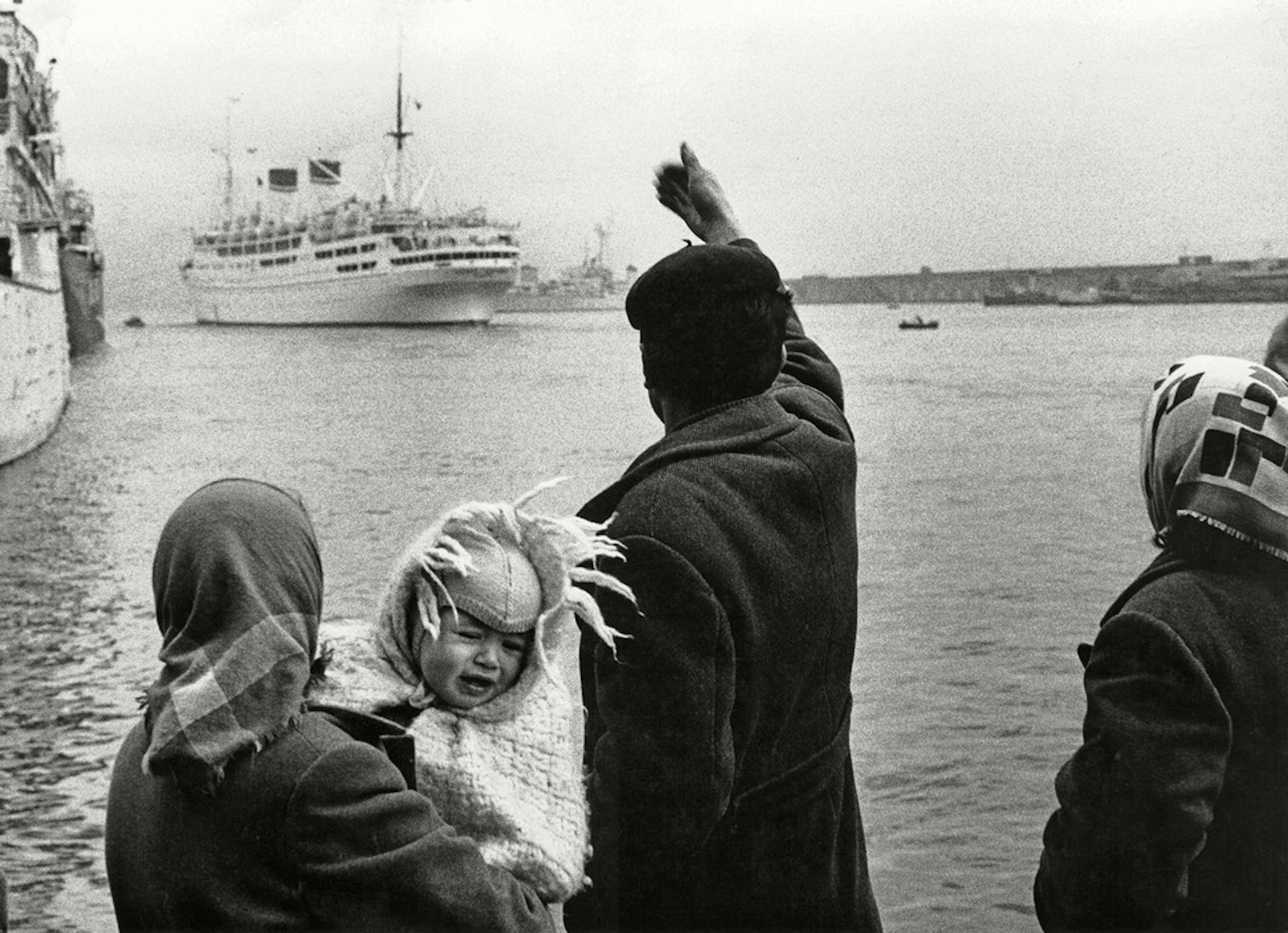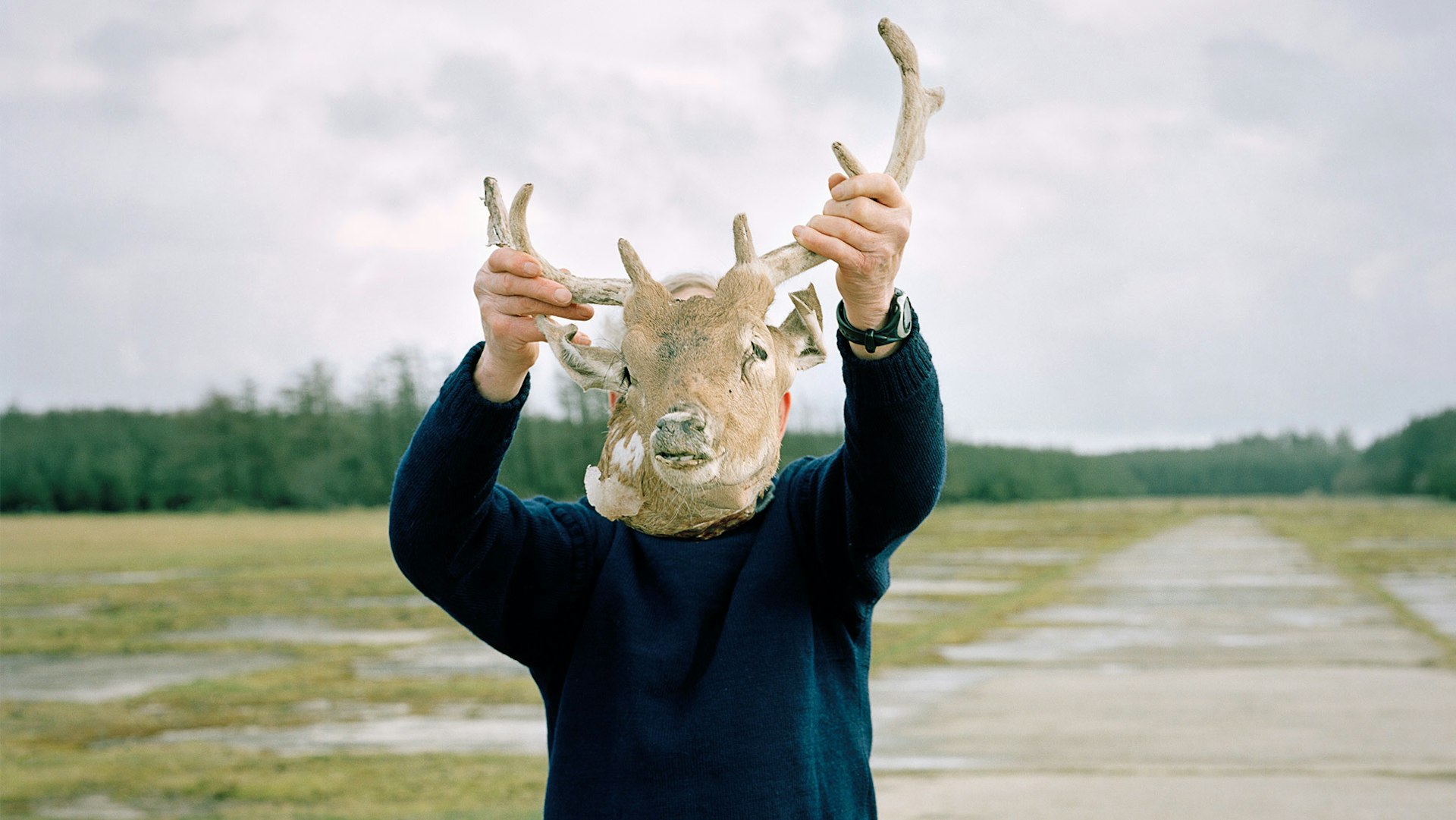
The man who eats roadkill
- Text by Cyrus Shahrad
- Photography by Spencer Murphy
There’s something of the surgeon about Arthur Boyt. With white hair poking from the brim of his blue woollen hat, scalpel in hand and glasses pushed to the bridge of his nose, he looms over a pheasant lying cock-necked on the table of his cluttered garden shed. Sub-atomic particles of fluff and feather fill the air as the breast is plucked, followed by a rank smell of ammonia escaping the first incision. “I think this one might have gone a bit green,” mutters Arthur cheerfully.
With the assured ease of a pianist performing his favourite sonata, Arthur peels back the skin and reaches into the chest cavity, cutting away both breasts and letting them fall into a yellow bucket at his feet. Nimble fingers then remove everything from legs and thighs to heart, kidney and a pair of tiny testicles, before pushing the carcass to one side and replacing it with a second that is plucked, peeled and pilfered in the time it takes most people to chop an onion.
His hands decorated with blood and feathers, Boyt bags up the legs and breast of one bird for a friend before returning the rest of the spoils to a deep freezer humming innocuously in the background. The contents of this cabinet have made Boyt everything from a national celebrity to a local pariah, depending on who you ask, and he clearly enjoys gauging the reactions of those granted a glimpse beneath its lid. “Otter’s balls,” he says, removing a small plastic bag and rubbing frost from the hand-scrawled label. “This one here is badger meat. These are ram’s balls – much bigger than the otter’s, as you can see.”
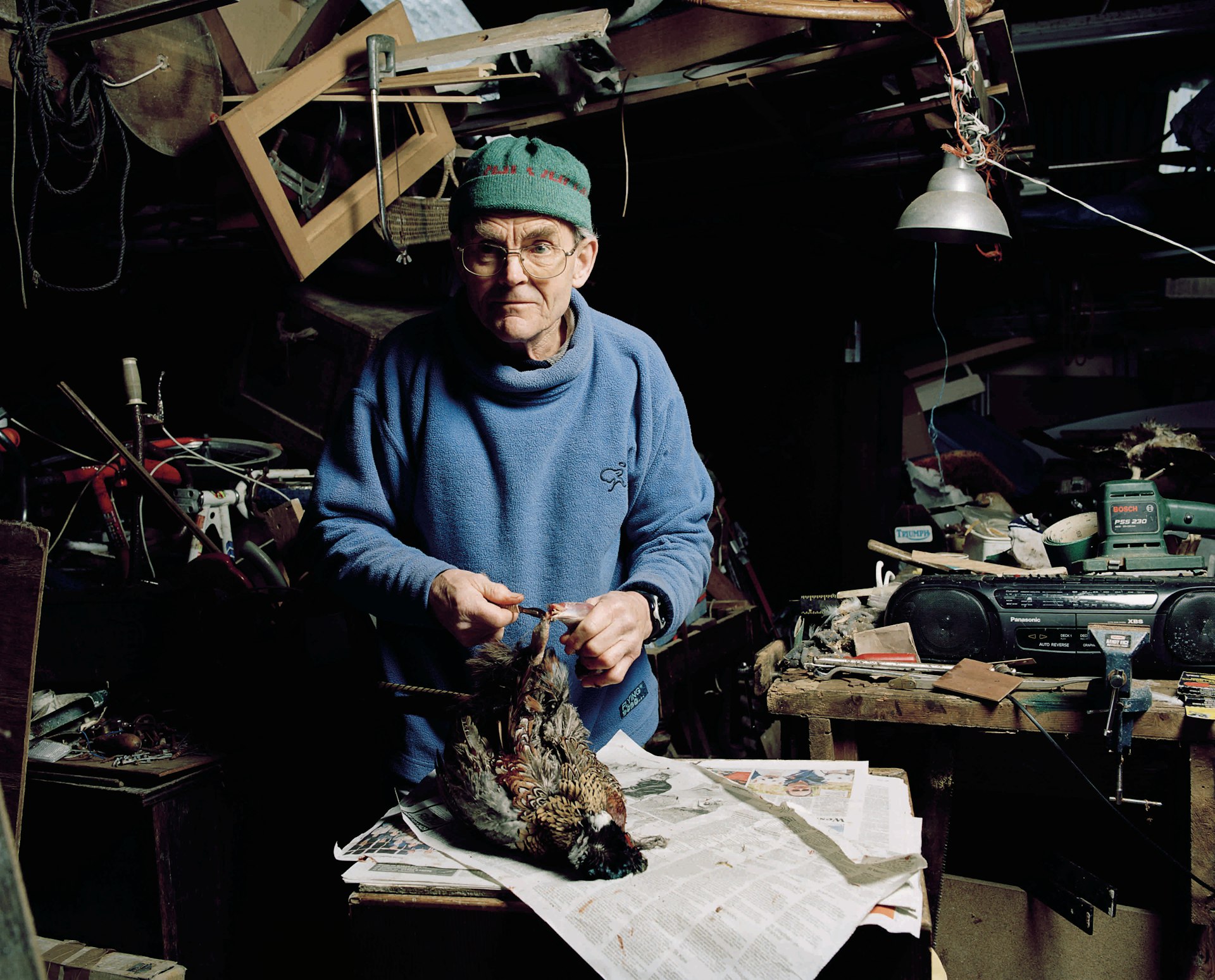
The majority of his roadkill is bagged and tagged, but there are entire animals that provide colourful exceptions – bats, polecats and small birds, all furred or feathered and frozen in the contortions of the collisions that ended their lives. There’s also the severed head of a deer dating back to Arthur’s taxidermy days, plus a shoulder of pork retrieved from a Sainsbury’s skip and still bearing its 1994 use-by sticker. “I should really throw that out,” he says, closing the lid. “I can’t imagine I’ll get around to eating it.”
Arthur then walks down the rain-lashed driveway of the sixteenth century farmhouse he shares with his wife and two cats on Bodmin Moor, Cornwall, a pheasant carcass dangling from each hand. He dumps the birds on the abandoned airfield that constitutes their front garden, its runway riddled with what look like bomb craters. “The foxes will have them tonight,” says Arthur, nodding at the pheasants. “Nothing goes to waste in nature.”
This ‘waste not, want not’ attitude plays a large part in Arthur’s relationship with the animals around him, but it’s a philosophy rooted in nurture as much as nature. His was a far from privileged childhood: Boyt’s grandfather had gone bankrupt with the sinking of the Titanic, or so they were told, and his father died when he was just ten years old.
‘Parsimonious’ is a word that crops up regularly in Arthur’s descriptions of the home his mother ruled over, throwing away nothing so much as a crust of bread and making sure that the remains of a Sunday roast reappeared throughout the week in stews, sandwiches and stocks boiled from bones.
And while it was his elder brother who sparked Arthur’s interest in taxidermy – giving him a book on the subject for his twelfth birthday, after which Arthur began cadging carcasses from a local gamekeeper’s gibbet and restoring them with varying degrees of success – it was his mother who first introduced him to the idea of eating roadkill. Aged fifteen, Arthur had been cycling through the countryside when he came across the body of a pheasant. So beautiful had the animal appeared that he felt incapable of leaving it behind, and when he arrived home with it slung over one shoulder his mother had immediately suggested they cook it.
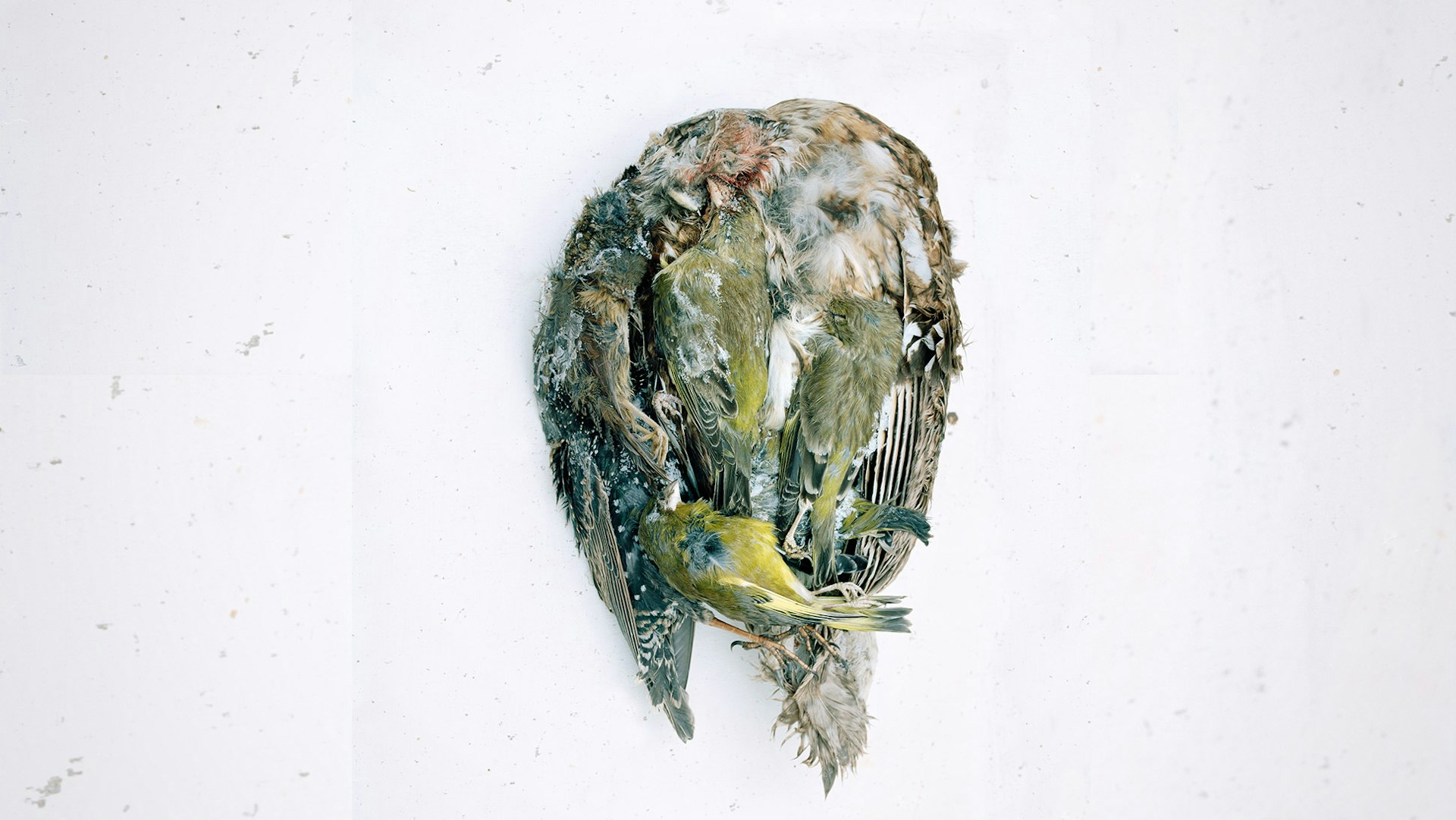
Unidentified bird
“Up until that point my role in the kitchen was limited to making porridge and gravy, or peeling potatoes. But that day my mother showed me how to prepare the pheasant: how to pluck it, how to gut it and how to cook it. I can’t remember how it turned out: my suspicion is that it was probably a bit dry, as game birds tend to be when you roast them.”
What he does remember is the sense of satisfaction that accompanied the clearing away of the plates that day; the pleasure of having enjoyed a prize bird that may have made a dent in the car that ended its life, but left the Boyts’ weekly budget unblemished. It was an experience that stayed with him over the following years – years in which he cycled everywhere with one eye on the hedgerow, dining on more salvaged pheasants than he could possibly count. It wasn’t until his early twenties, however, that Arthur found himself staring unsteadily at his first plate of badger meat.
“I remember my head starting to swim and my hands shaking, and the sudden realisation that this was unknown territory – that for all I knew it could be poisonous. I had to take hold of my emotions and convince myself that I was being ridiculous, and of course it was fine in the end. But that was definitely a gateway in the grand scheme of things: after eating badger, I felt as though I’d stepped into a world where nothing was too fanciful or far-fetched to end up on my plate. Although every new animal is a gateway of sorts: you never know how they’re going to taste, even if you’re pretty sure they won’t poison you.”
Arthur has traditionally done little to enhance the natural flavour of his finds: his simple, slow-cooked casseroles seldom feature seasoning whether they’re made with badger or bat, rabbit or rat. Yet he admits to a few recent concoctions of culinary ingenuity: a blackbird pie, for example, and a rice dish cooked with otter and called, ingeniously, ‘risotter’. Nor is there anyone better placed to offer an insight into the culinary qualities of animals ordinarily curled up by the living room fire.
“Cats aren’t much to get excited about, but dog is definitely top of my list in terms of flavour. I’ve eaten a Labrador and two Lurchers, both of which were killed on the road outside a gypsy encampment. Neither had a collar, and when I spoke with the gypsies they seemed uninterested in tracing the owners. They were horrified when I told them what I planned to do with them, but a Lurcher is a big, lean animal with lots of lovely meat.”
The issue of consuming household pets may not be an easy one for the general public to swallow, but Arthur considers himself no danger to domestic animals, always going out of his way to unite dead cats or dogs with their owners before considering vegetables to pair them with. Except racing pigeons, which have usually come too far to be worth the effort.
“I’ve eaten pigeons with people’s contact details on, after which I’ve phoned the owner and said that I’ve come across their bird, and they tell me where it started and where it was going. At some point I always confess that I’ve eaten the thing. Reactions tend to vary, although they’re usually a bit surprised.”
‘A bit surprised’ may sound like an arch understatement, but with his deadpan delivery and epic, shuffling eyebrows, it’s never entirely obvious when Arthur is pulling your leg. His home may be an embodiment of rural self-sufficiency – laundry dries over the Aga; cabinets spill teetering piles of Ordnance Survey maps; mountains of mud-caked walking boots clutter every corner – but Arthur is more technologically savvy than his rustic backdrop suggests.
He regularly refers to clips of himself on YouTube, orders most of his purchases on Amazon and has been a Facebook user for some time. He’s also perfectly comfortable cultivating his image as a sort of culinary bogeyman in the British media: when we leave, he insists that we take a Carte D’Or tub containing the frozen leftovers of a badger casserole that he recently served to a guest before a squeamish audience on a BBC show.
Yet there is one episode of his media portrayal that Arthur reflects on less fondly. In BBC Two’s Wonderland: The Man Who Eats Badger And Other Strange Tales From Bodmin Moor, filmmaker Daniel Vernon’s camera is constantly seeking out something sinister beneath Boyt’s pastoral existence. There are countless references to his vegetarian wife Sue’s perceived misery, with unsettling use of the Donnie Darko soundtrack making it seem as though the walls are about to start running with blood. There is also an unhelpful emphasis on Boyt’s recent spate of obscenity-ridden prank calls, in which inebriated youths dial his number and pretend to be animals he’s peeled off the central reservation (“Do you believe in reincarnation, Mr Boyt? I am that rabbit you killed six months ago. You dirty, filthy…”).
“It happened quite a lot,” says Arthur, who can be seen laughing the calls off in the documentary. “Someone put our phone number on YouTube, which didn’t help. We’ve had to pay for certain lines to be blocked from calling, but you can only block twelve at any time. I think the calls are more amusing than malicious, but there’s definitely an unpleasant element to them, a sense of invasion. They certainly upset my wife.”
One thing the phone calls failed to do is deter Arthur from his daily routine, or incline him towards being less outrageous in discussing his beliefs. The subject of cannibalism is one example: only the faintest rustling of one eyebrow suggests a knowing irony as he describes a pathologist friend who offered to furnish him with something from the chopping board.
“Leg would be best: that’s where the most meat would be. It may well be that consuming human flesh is the ultimate carnivorous experience, though I rather cringe at the idea of eating someone’s child. I’d sooner eat someone who doesn’t have relatives upstream.”
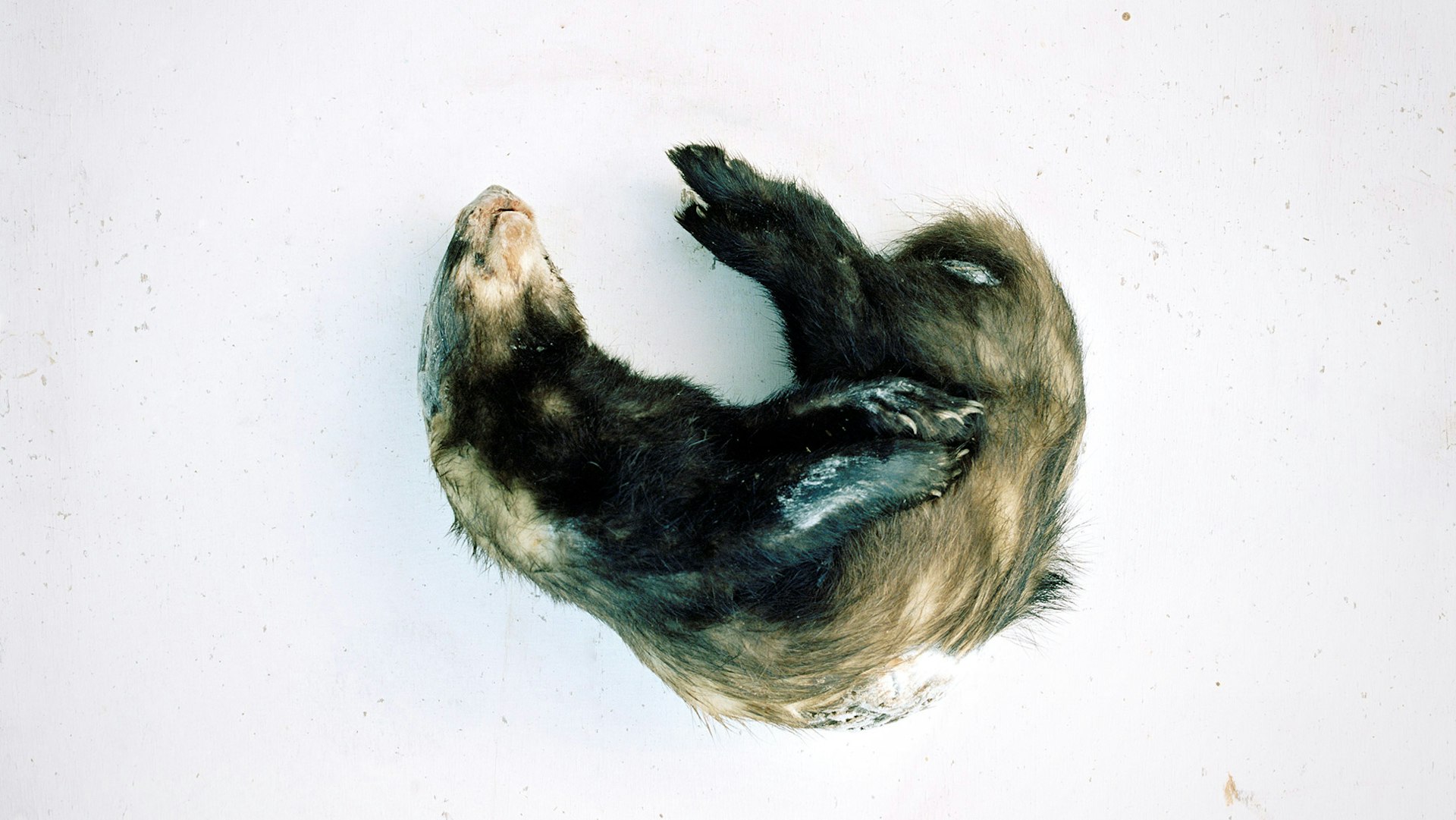
Weasel
Plans for his own corpse are equally unconventional. He’s contacted the Natural History Museum about displaying his skeleton, and is currently looking into an American research facility that studies the rate of natural decay in human bodies. Most of all, he’d like to be fed to vultures.
“Someone’s got to get the flesh off first, because I don’t want my bones carted all over the countryside. It’s something I need to arrange sooner rather than later, as it’s a bit unfair to expect my wife to sort all this out when she’s going through the joy… sorry, the tragedy of losing me.”
Whether his wishes will be granted or not, time will tell. In the meantime, Boyt knows that eating badger means more cash in his pocket.
“Eating roadkill won’t necessarily give you a longer life, but it can certainly give you a better life: I lived as a wealthier person and travelled to places I wouldn’t otherwise have seen thanks to the money I saved by not buying meat. But people are limited by their own social paranoia. Even in this current financial climate, when I find myself extolling the virtues of eating badger, the reaction is usually the same: ‘I’d sooner have my leg amputated,’ they say.”
Either way, Arthur Boyt won’t be going hungry anytime soon.
This article originally appeared in Huck 16. Subscribe today to make sure you never miss another issue.
Enjoyed this article? Like Huck on Facebook or follow us on Twitter.
